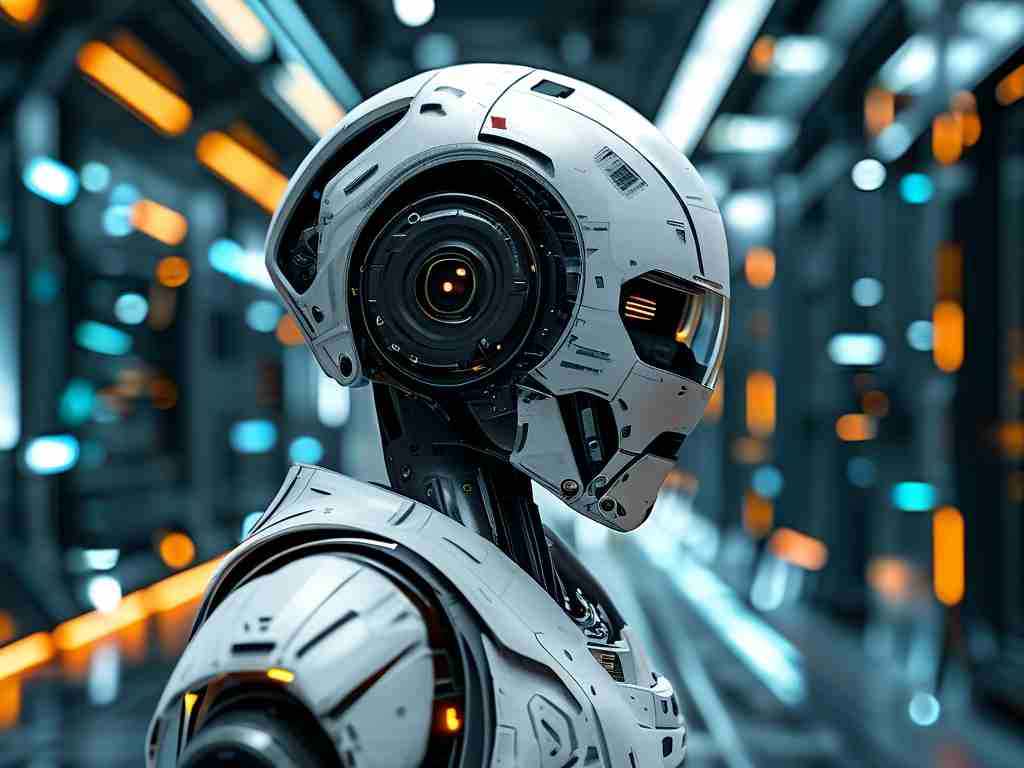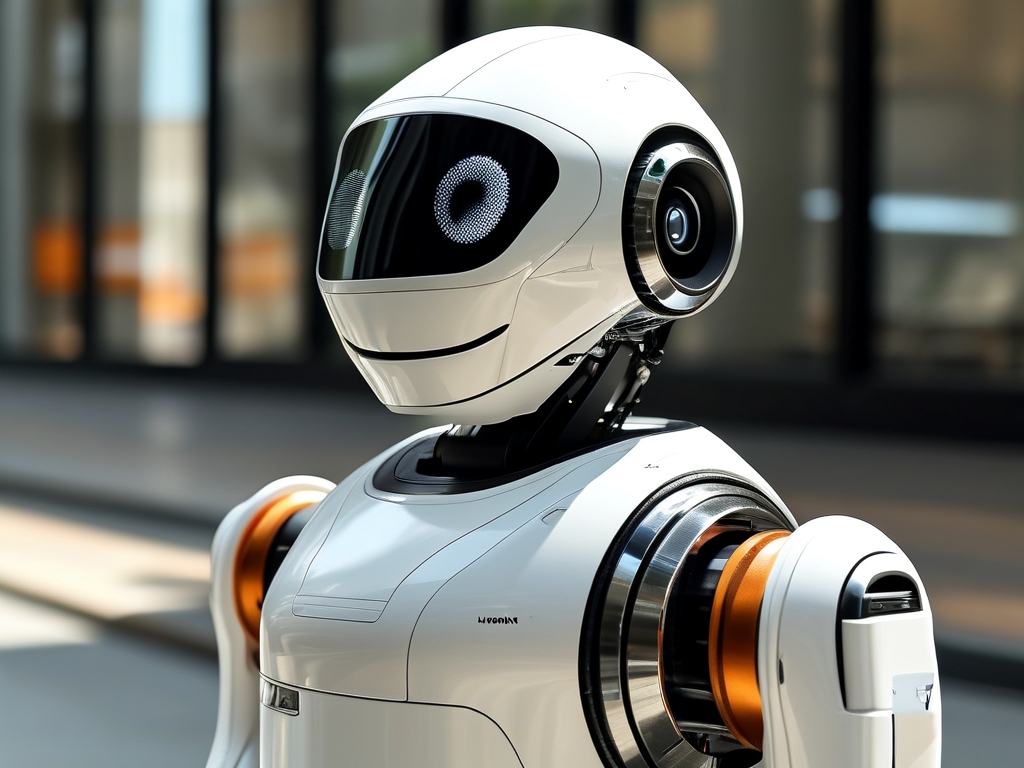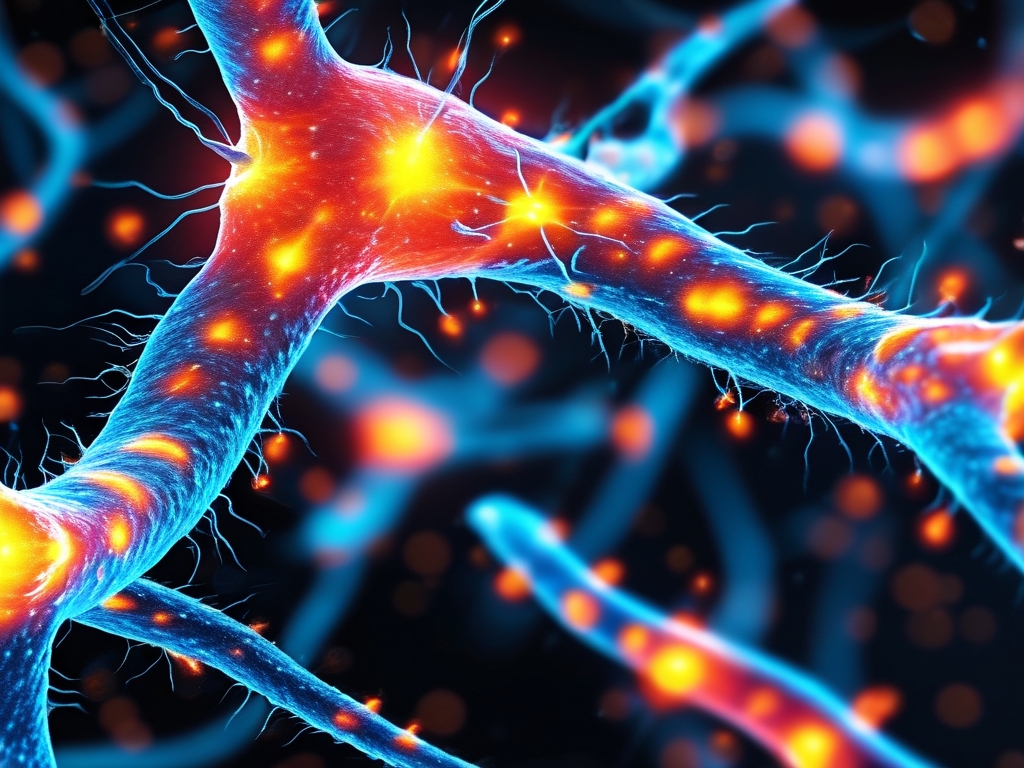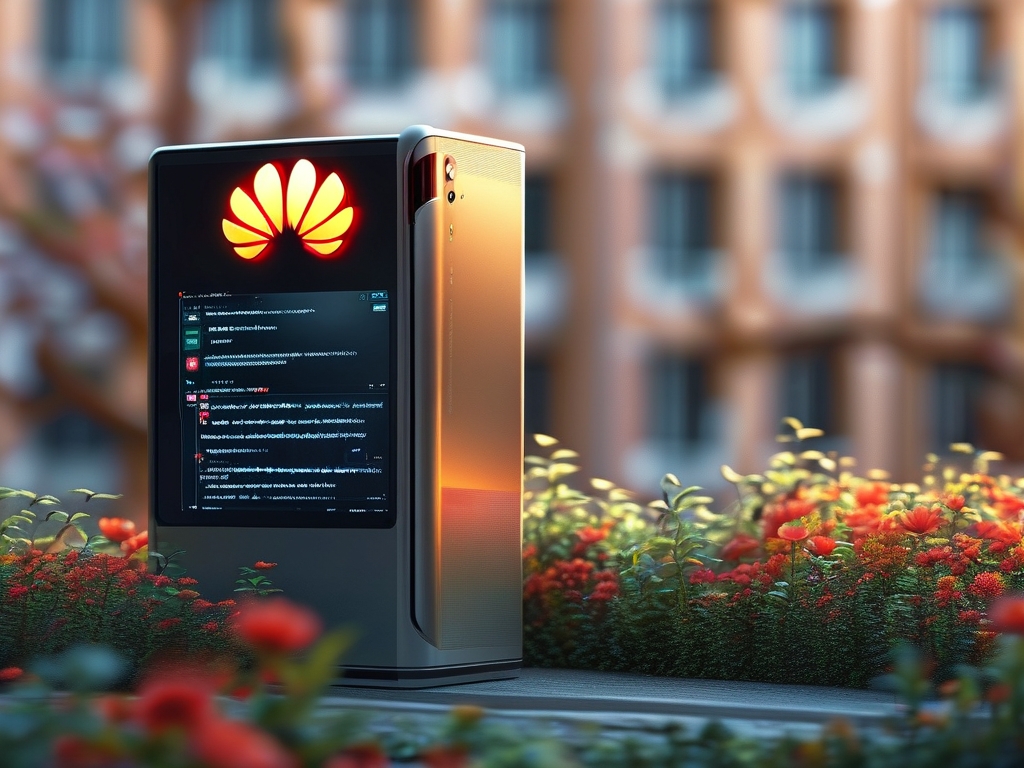In recent years, Wuhan, a bustling metropolis in central China, has emerged as a pivotal hub for technological innovation. Among its growing tech workforce, AI system architects have become indispensable players in shaping the city’s digital future. This article explores the evolving role of AI system architects in Wuhan, the skills required to thrive in this field, and how their work is driving industrial transformation across industries such as healthcare, manufacturing, and smart city development.
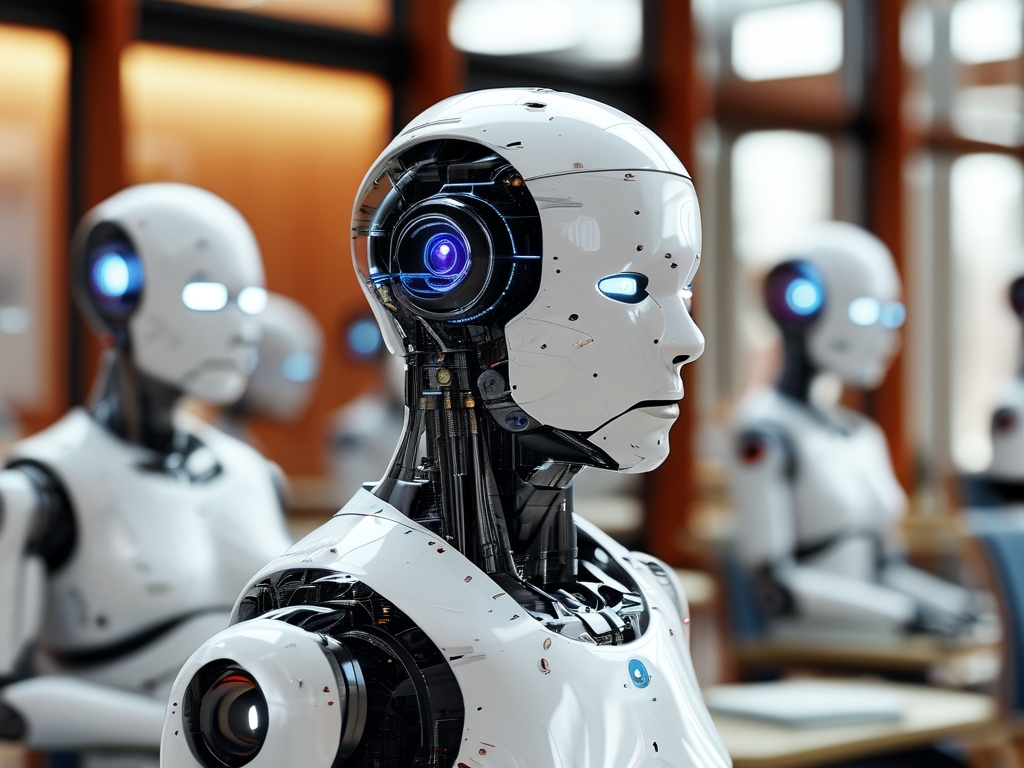
The Role of an AI System Architect
An AI system architect is a hybrid professional who combines expertise in artificial intelligence, software engineering, and system design. In Wuhan, these architects are tasked with building scalable, efficient AI infrastructures that power applications ranging from autonomous vehicles to predictive analytics for urban planning. Unlike traditional software engineers, AI system architects must navigate the complexities of machine learning models, data pipelines, and hardware optimization while ensuring alignment with business goals.
Wuhan’s unique position as a center for education and research—home to prestigious institutions like Wuhan University and Huazhong University of Science and Technology—provides a steady talent pipeline. Local AI architects often collaborate with academia to integrate cutting-edge research into practical solutions, such as optimizing traffic flow using real-time AI algorithms or enhancing diagnostic accuracy in medical imaging.
Key Skills and Challenges
To succeed in Wuhan’s competitive AI landscape, system architects must master a diverse skill set:
- Technical Proficiency: Mastery of frameworks like TensorFlow and PyTorch, cloud platforms (e.g., Alibaba Cloud), and distributed computing tools.
- Domain Knowledge: Understanding industry-specific needs, such as manufacturing supply chains or healthcare data privacy regulations.
- System Integration: Designing architectures that seamlessly connect AI models with existing IT infrastructures.
However, challenges persist. Many enterprises in Wuhan are still in the early stages of AI adoption, leading to gaps in data quality and infrastructure readiness. AI architects often face the dual task of educating stakeholders about AI’s potential while managing expectations about implementation timelines.
Case Studies: AI in Action
- Smart City Initiatives: Wuhan’s government has partnered with AI architects to develop a city-wide IoT network. This system analyzes data from sensors embedded in roads, public transit, and energy grids to reduce congestion and carbon emissions. For example, an AI-powered traffic management system reduced peak-hour delays by 22% in 2023.
- Healthcare Innovation: A Wuhan-based startup collaborated with AI architects to create a platform for early detection of cardiovascular diseases. By integrating deep learning models with hospital EHR systems, the platform achieved 94% accuracy in predicting heart failure risks, significantly improving patient outcomes.
- Manufacturing Efficiency: A local automotive manufacturer leveraged AI architecture to optimize its production line. Predictive maintenance algorithms reduced equipment downtime by 35%, while computer vision systems improved defect detection rates by 50%.
The Future of AI System Architecture in Wuhan
As Wuhan accelerates its “Digital Economy” strategy, demand for AI system architects is projected to grow by 40% over the next five years. Emerging trends include:
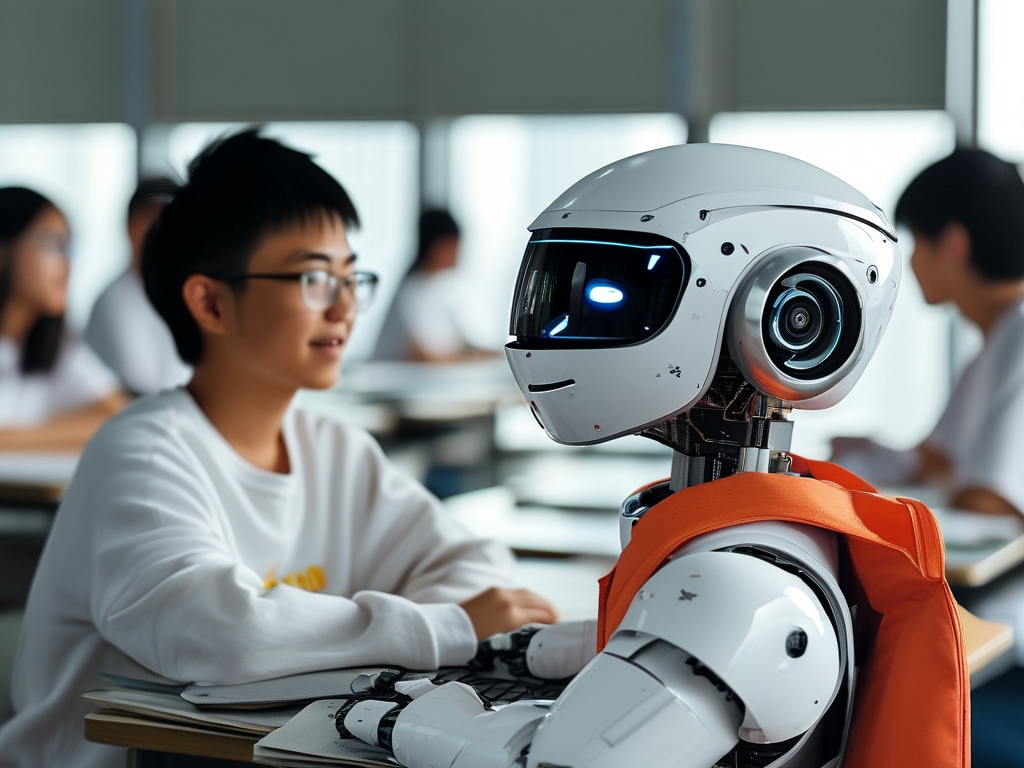
- Edge AI: Deploying lightweight models on IoT devices to enable real-time decision-making in sectors like agriculture and logistics.
- Ethical AI: Developing frameworks to address bias and transparency, especially in public-sector applications.
- Cross-Industry Collaboration: Architects are increasingly working at the intersection of AI and biotechnology, advancing projects like AI-driven drug discovery.
Becoming an AI System Architect in Wuhan
For aspiring professionals, Wuhan offers a dynamic ecosystem. Key steps include:
- Pursuing advanced degrees in computer science or data science from local universities.
- Gaining hands-on experience through internships at tech parks like the Wuhan East Lake High-Tech Development Zone (Optics Valley).
- Obtaining certifications in cloud computing and AI governance.
Local tech giants, such as Xiaomi and Douyu, actively recruit AI architects, offering competitive salaries and opportunities to work on global projects. Meanwhile, government subsidies for AI startups provide fertile ground for entrepreneurial architects to launch innovative ventures.
Wuhan’s AI system architects are not just engineers—they are visionaries bridging the gap between theoretical AI and real-world impact. By solving complex technical challenges and driving cross-sector collaboration, they are positioning Wuhan as a leader in China’s AI revolution. For professionals willing to embrace lifelong learning and adaptability, this field offers unparalleled opportunities to shape the future of technology and society.


